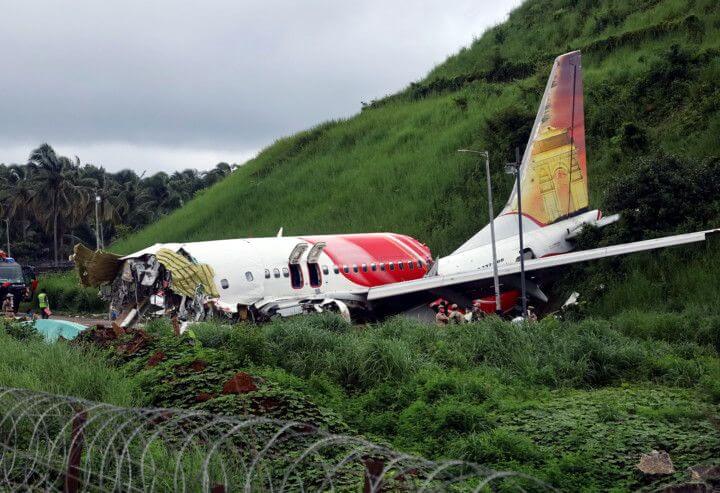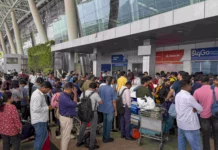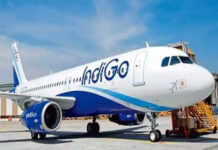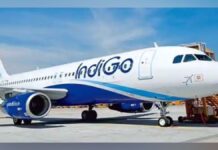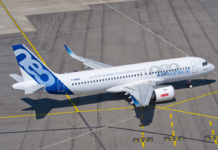NEW DELHI: Runway overruns account for 16 per cent of fatal incidents involving airlines and in 75 per cent of overruns, the runways are either wet or contaminated. These are the findings of an Airbus study on Approach and Landing Risk Reduction (ALAR) at a webinar held on August 5 for the South Asia region.
The findings are significant in the context of the recent mishap at Kozhikode where an Air India Express flight from Dubai was involved in a runway skid resulting in aircraft tear and 19 casualties. There was heavy rain, low visibility and a wet runway among the adverse factors.
As per the Airbus findings, runway excursion (RE) accounts for around 16 per cent of fatal accidents. Manufacturers note that new technologies to reduce RE accidents have recently been introduced.
Airbus reported overrun events since 2008 at an average of three events per year 80 per cent with weather as contributor. The Airbus undershoot events were with weather as contributor and included windshear, downburst, thunderstorm, fog, mist, heavy rain and drifting snow. The majority of these events were non precision approaches.
Coming to overruns with tailwinds, the data found that in 75 per cent of events, runway was wet or contaminated.
In the period, 2015-2018, Airbus reported 35 excursion events, which were 88 per cent during landing and 97 per cent with weather as contributor. The study notes that runway excursions are usually a combination of operational deviations and environmental hazards. The prevention approach means awareness of the threats during the approach, adherence to standard operating procedures and good CRM and workload management.
In the case of contaminated runways, aquaplaning can take place where standing water causes the wheel to lose contact with runway surface. This in turn leads to loss of effective braking and/or directional control. This may prevent wheel spin-up and sending signal to various aircraft systems.
The degree of aquaplaning depends on depth of water contamination. If it is more than 3 mm, aquaplaning is more likely. Grooved runways offer better drainage and the other factors are tyre pressure and ground speed, tire tread condition, anti-skid status.

